Great news! We now have a german version of GoClimate.org up and running: https://de.goclimate.com/
Go check it out, any feedback is very much appreciated!
Big thanks to Jenny at scrum-academy.com for the translation!
Great news! We now have a german version of GoClimate.org up and running: https://de.goclimate.com/
Go check it out, any feedback is very much appreciated!
Big thanks to Jenny at scrum-academy.com for the translation!
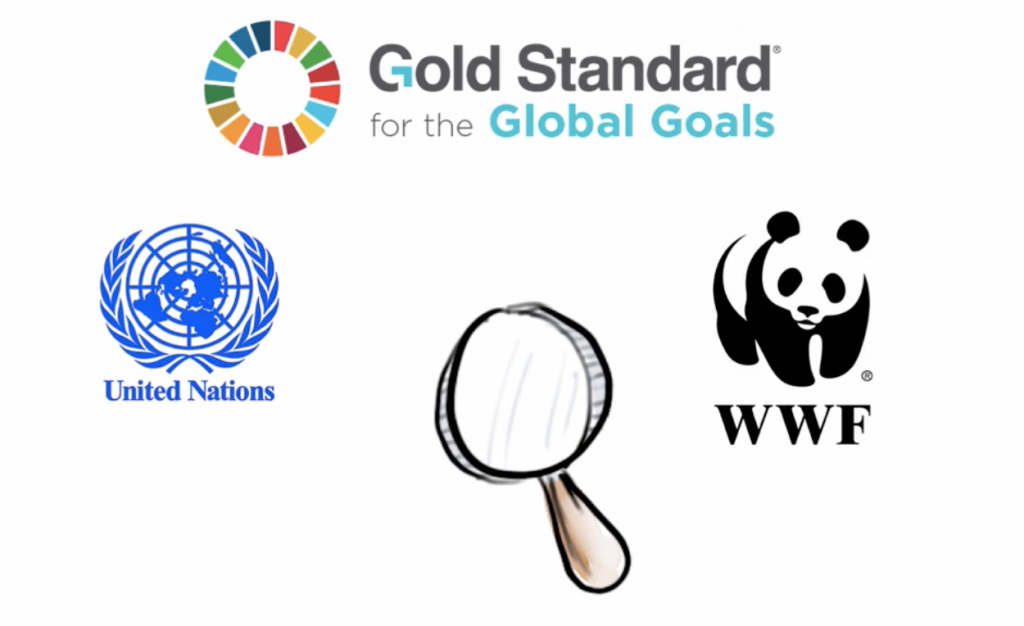
Yes, carbon offsetting works. But in order to make a real, verified and lasting difference it’s important to choose the climate projects you offset through with care.
So, how can you be sure that the money we invest actually contributes to real climate benefit? Well, there are several different organisation that approves and certifies climate projects to ensure this. The largest standards are CDM (which the UN is behind), Gold Standard (which WWF among others are behind), Plan Vivio, VCS and Fair Trade. Emissions trading also used to be a way to carbon offset, but is no longer an effective way to achieve real and lasting climate benefit.
We at GoClimate has gone from doing carbon offseting in UN-certified projects (CDM) to investing in projects that are both UN-certified and also certified by Gold Standard Foundation. These projects are more expensive, but keeps a higher quality and are more audited by independent third parties than the projects that are only UN-certified. You can read more about Gold Standard here: https://www.goldstandard.org/
It is also important to invest in projects that are already completed. If the projects are completed, third parties can verify the actual climate benefit achieved – unlike in projects where climate benefits are just something that someone hopes to achieve in the future.
By investing in CDM- and Gold Standard-certified projects – and also only invest in projects that are already completed and verified – you can be sure that your money has contributed to real climate benefit – and that your carbon offsetting works.
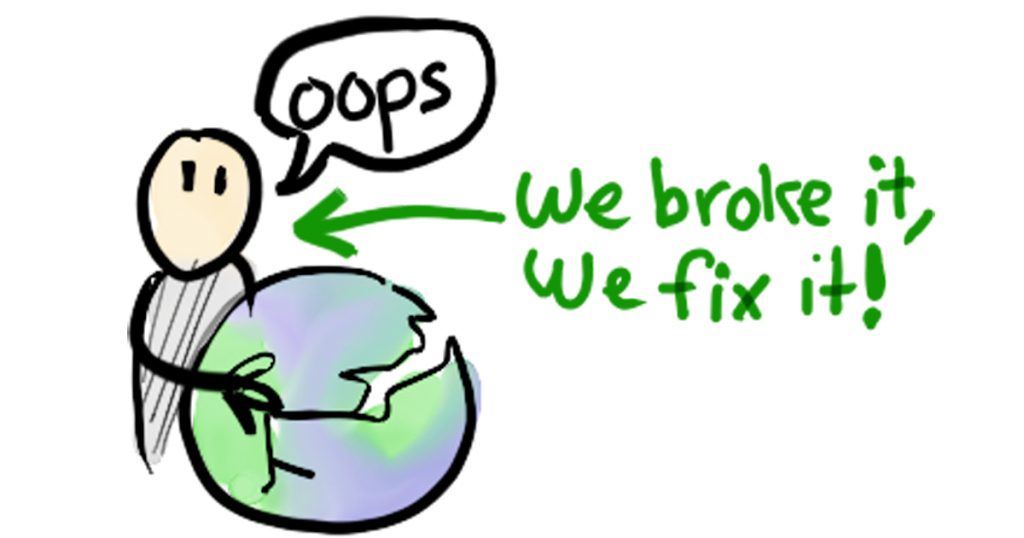
Carbon Offsetting is a way to take responsibility for the carbon emissions your lifestyle causes. To drive a car, fly and eat meat causes rather high carbon dioxide emissions, that causes climate change – that causes global warming.
When you carbon offset you pay money for the amount of carbon dioxide your lifestyle causes. The money are invested in climate projects that reduce the same amount of carbon dioxide as you have caused – so that the sum of the emissions is zero or less. You can reduce emissions either by helping somebody else lower their emissions or by removing emissions from the atmosphere.
Carbon offsetting is often made possible by climate projects in developing countries – for instance energy efficiency projects or wind or solar plants.
To be on the safe side that you actually achieve climate benefit when you carbon offset – the climate projects should be reliably certified. The most reliable projects are both UN and Gold Standard-certified (that WWF is behind among others).
At GoClimate.org we help you offset your emissions with projects that are both UN and Gold Standard-certified.
If you want to know more, go to GoClimate.org
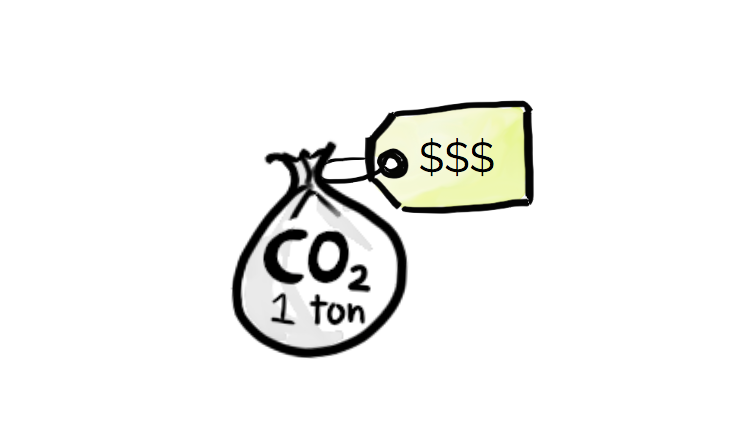
Yes. If you – with money contributions – remove as much emissions from the atmosphere as you cause, you can call yourself climate neutral. It might sound unfair and provoking that you can just pay money to get to call yourself climate neutral, but the good news is that it’s possible to achieve great climate benefits with relatively small amounts of money. Enough benefits that most people easily can reduce emissions – through climate projects in developing countries – more than the emissions they cause by their own lifestyle.
But at the same time, it’s not enough to help others reduce their emissions if we are to succeed in stopping climate change. We must simultaneously also reduce our own emissions. Therefore we at GoClimate.org see the investment in climate projects only as a first step in the right direction. But after that step has been taken we must also reduce our own climate emissions.
Unfortunately it’s often rather hard for most people to reduce their climate footprint since a change in lifestyle often is needed – for instance if you are to sell your car or stop flying. And big changes in habits and lifestyle has proven very hard for us humans to do. Therefore we have chosen to make it simple for people to contribute to slow down climate change by investing in climate projects. When this first step is taken we want to inspire all our users to gradually slow down their own climate footprint.
The approach of getting people to take a small step first and then making bigger changes is called Foot-in-the-door-technique. You can read more about how it works here: https://en.wikipedia.org/wiki/Foot-in-the-door_technique
Foot-in-the-door-technique is the reason why we believe in getting as many people as possible to take a first step in their climate commitment now, and why we think it needs to be both really simple and a positive experience. It is simply much more likely that people make more and bigger changes in their lifestyle once they have begun to take a step in the right direction.
If you want to know more, go to GoClimate.org
Yes, we definitely think that you can call yourself climate neutral!
If you want to make it a little more complicated, for companies there are standards that regulate the requirements for what is considered being climate-neutral (PAS 2060 and ISO 14021), but in the case of individuals, there are no similar standards that we know of. This means that there may be different opinions of what it takes for a person to be considered climate neutral.
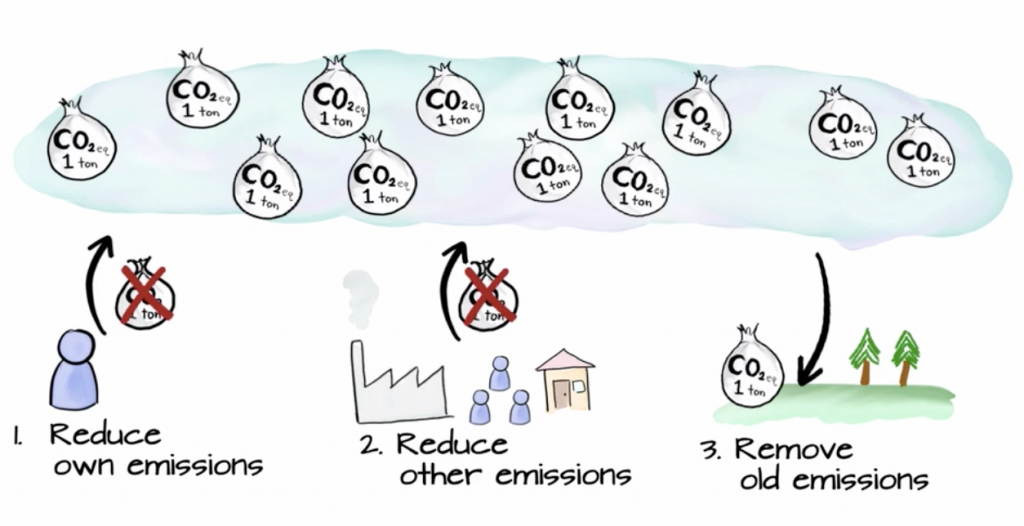
In theory climate neutrality is when the difference between the emissions you cause and the emissions that you prevent from reaching the atmosphere is zero. The challenge with this is partly to calculate the exact carbon footprint for an individual, and also to find ways to reliably prevent emissions from reaching the atmosphere or remove emissions from the atmosphere.
When it comes to measuring your own climate footprint, there are very advanced methods to do this. We have chosen a simple estimate to make it as easy as possible for you to start doing something about climate change without having to spend a lot of time in carbon dioxide calculators where you need to enter exact air mileage, kWh consumption etc.
There are many advanced calculators freely available on the internet that provide more accurate estimates such as http://footprint.wwf.org.uk and http://www.carbonfootprint.com/calculator.aspx. What all calculators have in common is that they are based on estimates and generalizations, which in turn means that the value you get is approximate. For example, the calculators does not take into account if you have built a new house last year and thus caused large emissions in the form of building materials, or if you only use very fuel efficient airplanes when you fly. The calculators also do not take into account the exact emissions caused by the manufacture of the batteries for your electric car nor if your car has been bought new or second hand, if you charge it with renewable energy at home and with fossil based energy at work. The reason is that such a calculator would be extremely complex and time consuming to use – and yet not perfect.
So are there measurable and good ways to remove emissions from the atmosphere or measurable and good ways to prevent emissions to be released in the atmosphere? Yes there are! We have chosen to invest in CDM and Gold Standard-certified climate projects, and you can read more om how that works here: Does climate offsetting really make a difference?.
Is it then impossible to consider one self as climate neutral since you cannot calculate your exact carbon footprint? Well, we believe it’s still possible. To ensure that our users are climate neutral, as far as we can, our profiles are designed to compensate for more than twice as much as the overall impact of your lifestyle while doing everything we can to ensure the reliability of the projects. This way there is a buffer that compensates for miscalculations of your emissions and for risks in the projects we invest in. With a two-fold compensation, we should be on the safe side, and most likely even be climate-positive.
So to answer the question again, yes, we definitely think that you can call yourself climate neutral!
If you want to know more, go to GoClimate.org
If you are a meat eater and you want to become more of a vegetarian (or at least eat more plant stuff and less meat stuff), and you kind of struggle with that because meat tastes good and you’re used to eating it, then this guide is for you! A short pragmatic guide for the aspirational vegetarian who still wants to enjoy good food.

I’ve been on this journey (and struggling, I admit) for about a year and half. I’m nowhere near full vegetarian, but I’ve cut down meat consumption by more than half, and will keep trying to reduce it. The nice thing (and a bit of a surprise) is that it doesn’t feel like a personal sacrifice at all!
Anyway here are some tips, if you want to join in. Continue reading “Meat eater’s non-dogmatic guide to becoming more vegetarian”
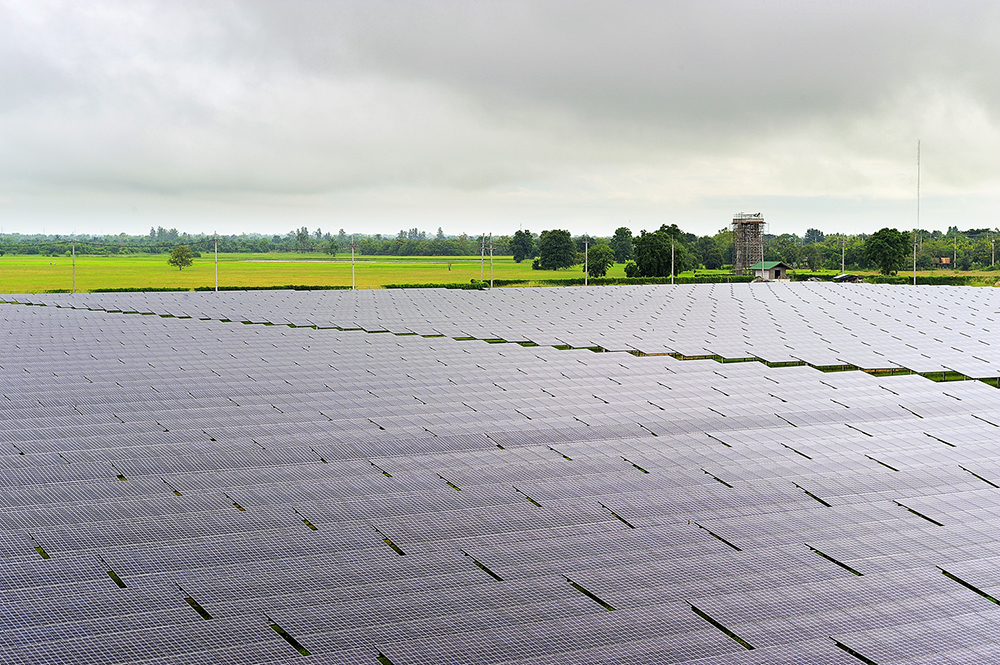
Our second both Gold Standard and CDM certified project investment has been made. This time we bought another 1000 tonnes CO2. Thank you for making this possible! Together we are speeding up the transformation towards a sustainable world!
The Thailand national electricity grid provides electricity to households across Thailand. Over 90% of electricity consumed in Thailand’s grid is supplied by fossil fuel fired power plants which emit carbon dioxide into the atmosphere. Solar Power Company Limited has constructed a solar photovoltaic plant that supplies clean renewable electricity to the Thailand grid.
Read more about the project at the UN-site (CDM): http://cdm.unfccc.int/Projects/DB/Germanischer1354875235.84/view
More about this project on the Gold Standard Registry: https://registry.goldstandard.org/projects/details/1319
Here is also our certificate from the investment: Certifikat_GS_2017 GoClimate
And the invoice from the investment: GoClimate F2663 kvitto
More images from the project:
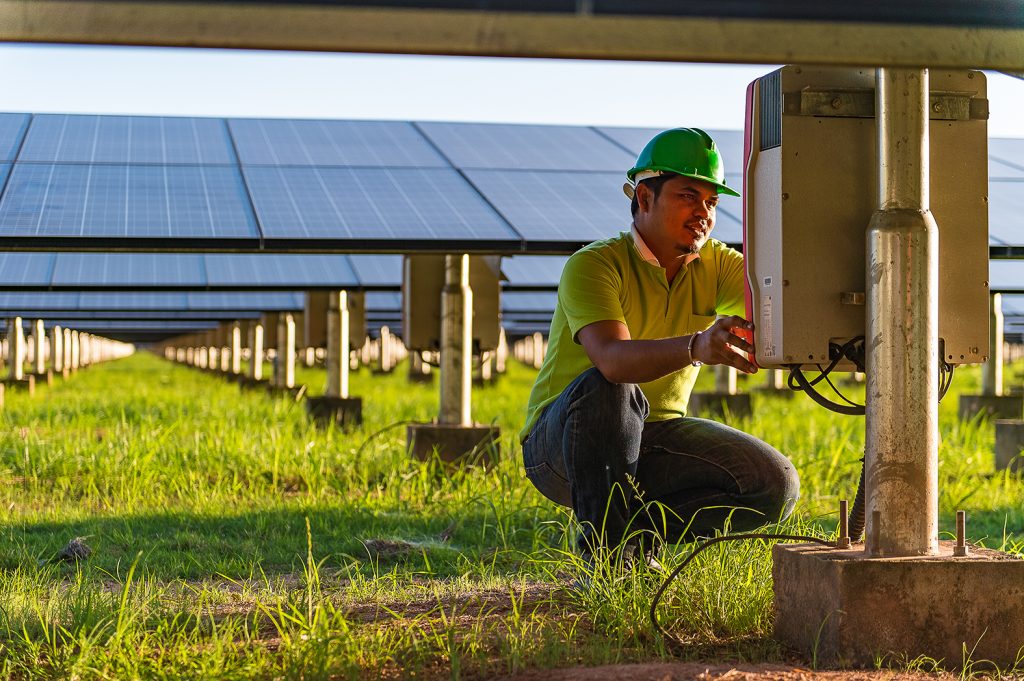
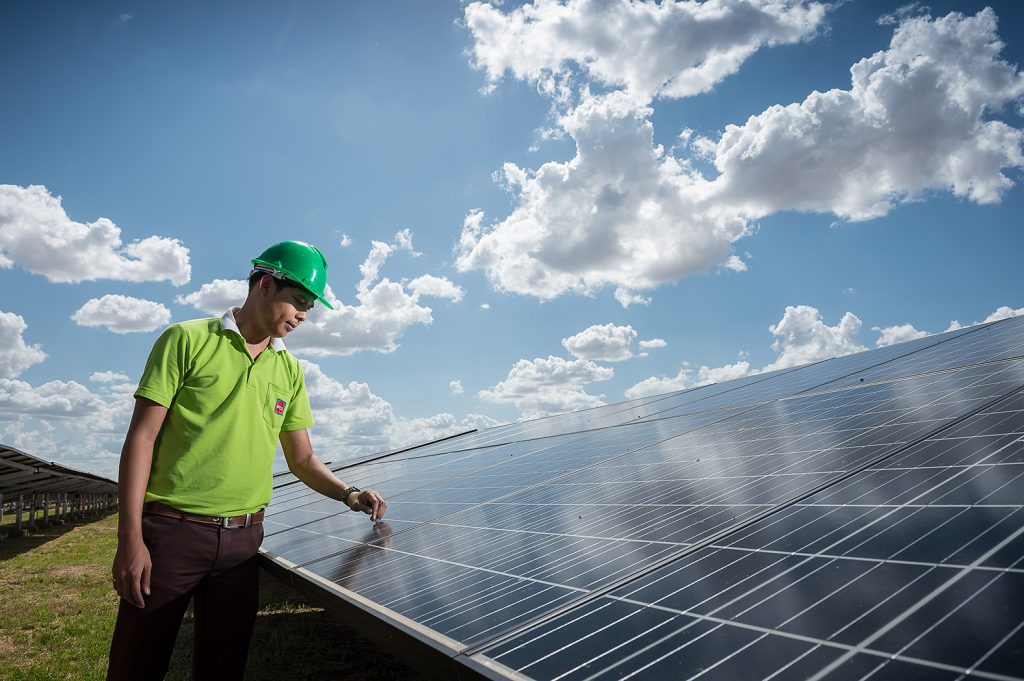
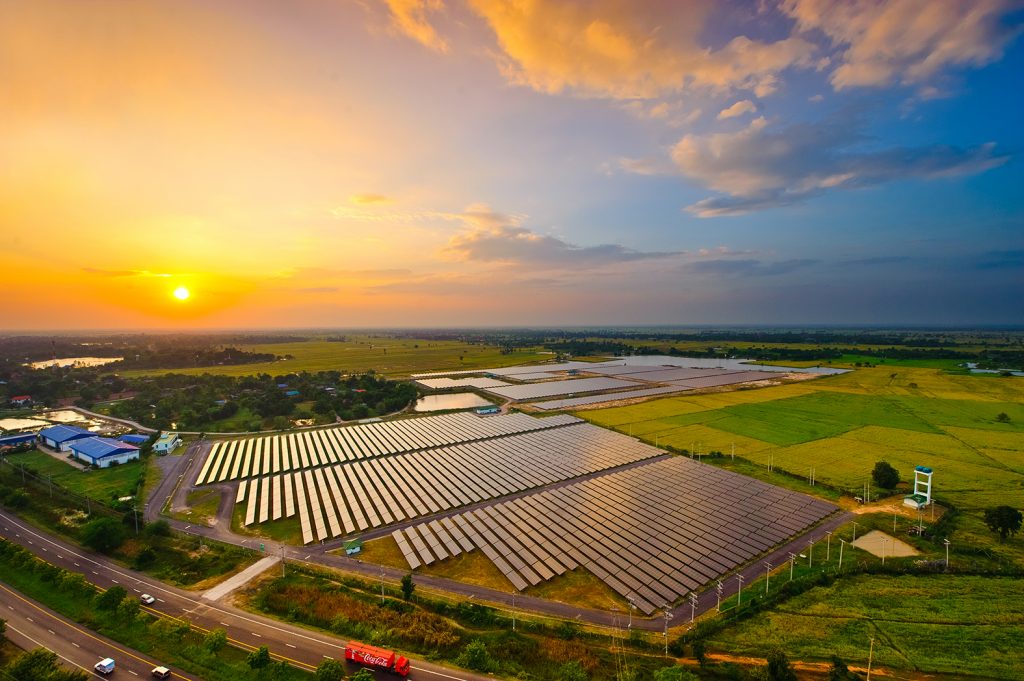
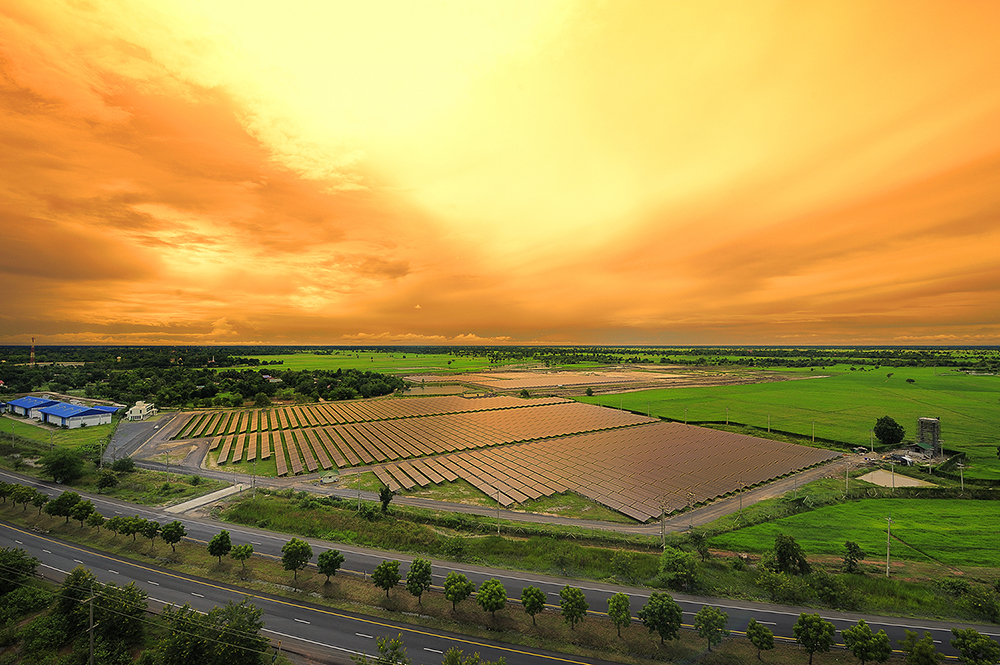
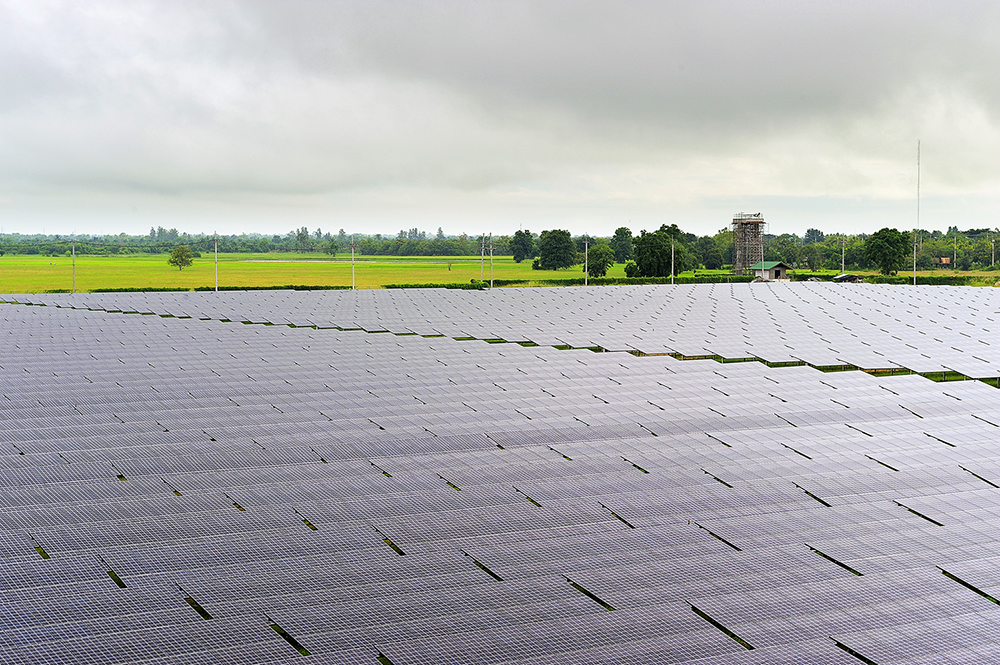
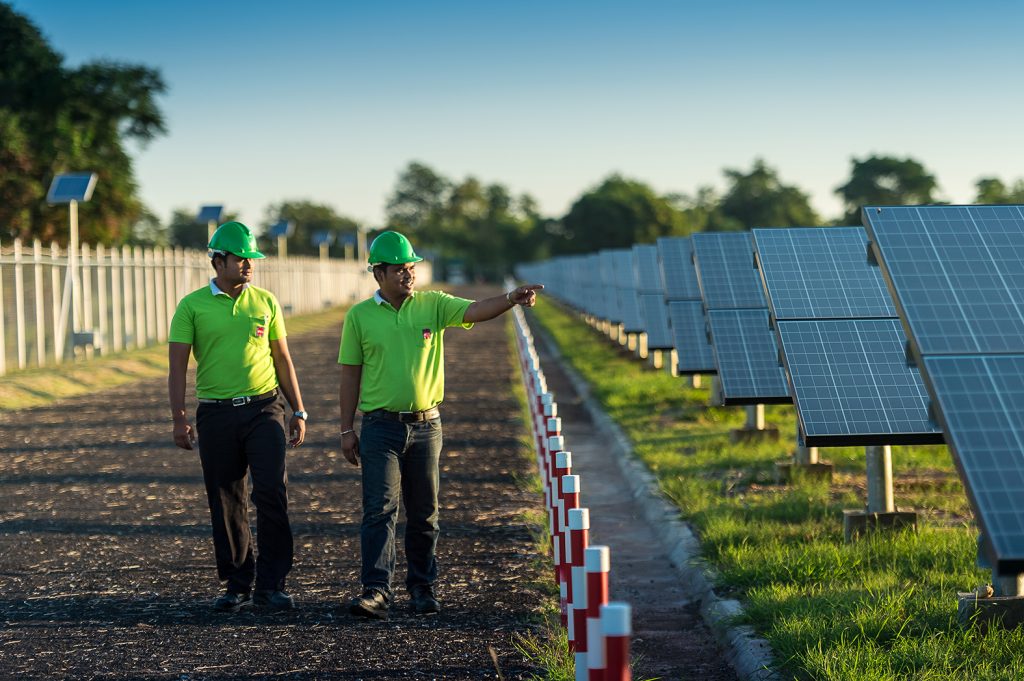

As I write this I’m sitting on a train headed back to Sweden, pondering the result of a year’s experimentation with travelling by train instead of flying. Is this an effective way to reduce my carbon footprint? The jury is in! Read on.

One common rallying cry among climate advocates is to fly less (or ideally not at all). I consider myself a climate advocate (here’s my entry ticket), but I’m also a pragmatist. I’ve worked enough with behavioural change to know that it’s unrealistic to expect many people to change their habits unless there is a convenient and compelling alternative. For example, Spotify killed music pirating, not by attacking pirate sites, but by providing a better and more convenient alternative.
So what are the alternatives to flying, if you want to get from A to B?
Continue reading “Is train a feasible alternative to flying?”

Our first both Gold Standard and CDM certified project investment has been made. This time we bought 1000 tonnes CO2. Thank you everyone for making this possible!
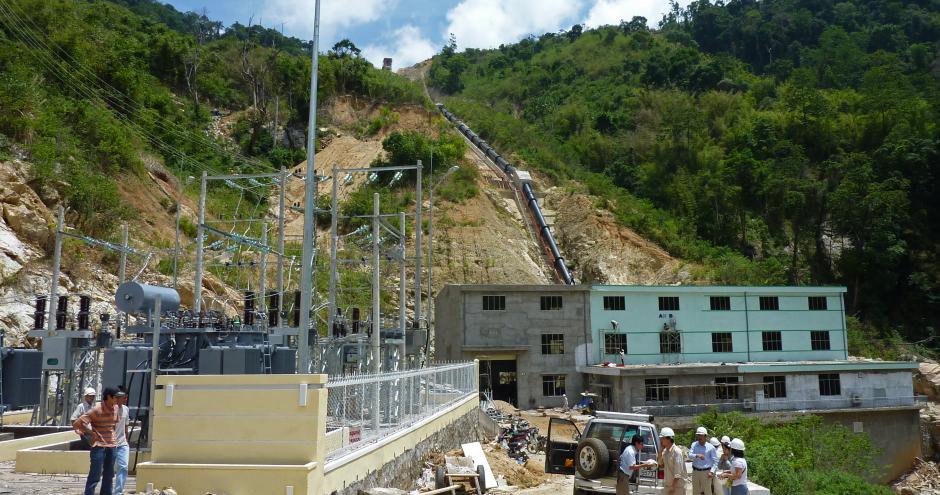
By providing the surrounding community with reliable and sustainable energy, the Dak Pone Hydro project displaces diesel generators and wood-fired heating and lighting, which leads to better indoor/outdoor air quality and reduces respiratory and eye diseases. Sustainable development is also supported through the construction of irrigation canals, bridges, roads and a local school.
More about this project from the UN-site: https://cdm.unfccc.int/Projects/DB/KEMCO1307604296.67/view
More about this project on the Gold Standard Registry: https://registry.goldstandard.org/projects/details/206
More on the Gold Standard page: https://www.goldstandard.org/projects/clean-hydropower-dak-pone-vietnam
Our Certificate for the transaction: transactionCH24327
View our invoice from doing the investment: Faktura 613 GoClimate
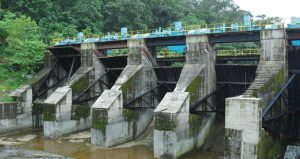
We have now made another investment with the help of our users, this time in the Ullunkal Hydro Power Project (100 tonnes CO2 – CDM-standard), Inner Mongolia Yihewusu Wind Power (100 tonnes CO2 – CDM-standard) and Salto Pilao Hydropower Plan (100 tonnes CO2 – VCS-standard) with the help from our our friends behind the Carbon Story plattform.
Carbon Story was a plattform for buying carbon offsets for individuals and companies, not unlike our own service. Unfortunately Carbon Story closed down this July due to not having reached a turnover that covered their costs. Before it closed, we were offered to invest in 300 tonnes of CO2 offsets, which we happily accepted.
With this we have also had the opportunity to reach out to all the users of Carbon Story and telling them about GoClimate. This took us to 50 active users from 6 different countries, so thank you Carbon Story and welcome to our community friends!
You can see our certificate for this investment here: https://www.goclimate.com/blog/wp-content/uploads/2017/08/GoClimate-Neutral-certificate-PA-4cc6e53d5a35e06-.pdf